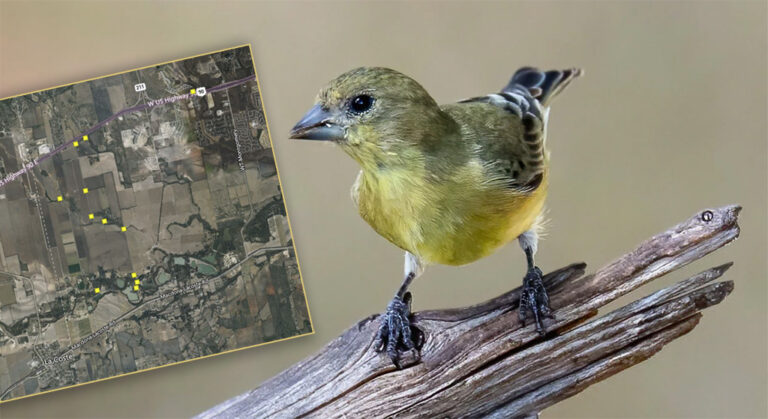Since 2016, volunteers across the United States have participated in the Climate Watch survey to collect data about target species to help Audubon scientists better understand how birds are responding to climate change. This summer was my first opportunity to work with the Bexar Audubon Society to get involved and collect this crucial data about the Lesser Goldfinch.
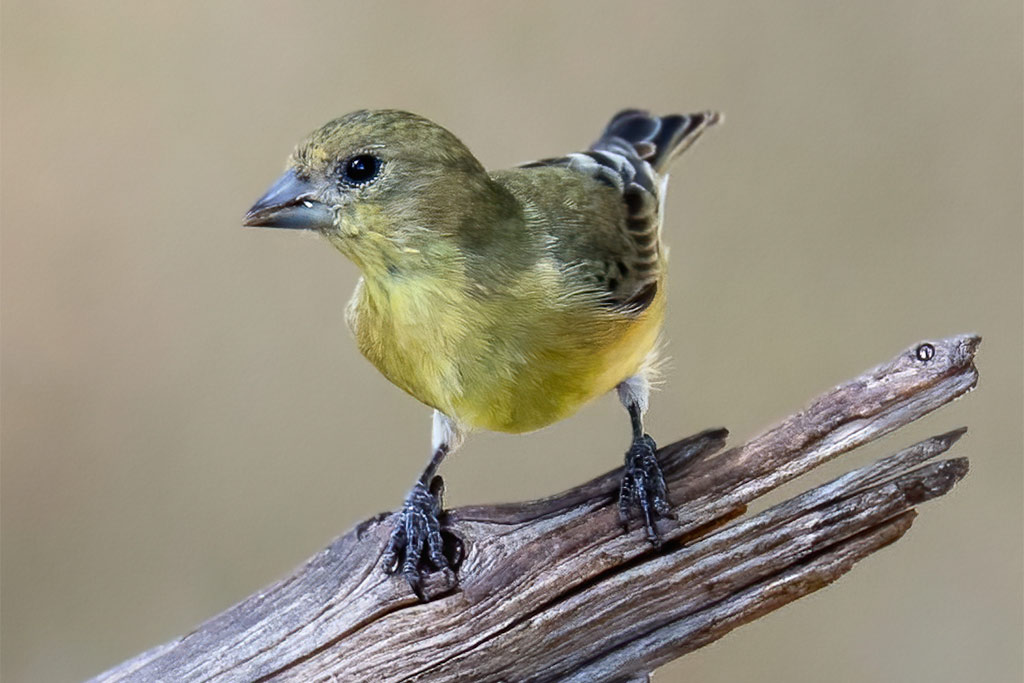
How the survey works
Volunteers in the Climate Watch survey claim a 10 x 10km square on the Audubon website to perform their survey. Once a square is claimed, you will plan out 12 survey locations to look for your target species. In a single morning, you will visit the 12 locations, look for birds for five minutes in a stationary spot, and submit your sightings to eBird.
Claim a square
Red squares have already been claimed, and orange or blue squares have only been claimed for summer or winter, respectively. I chose an unclaimed square on my side of town where I’ve been birding before.
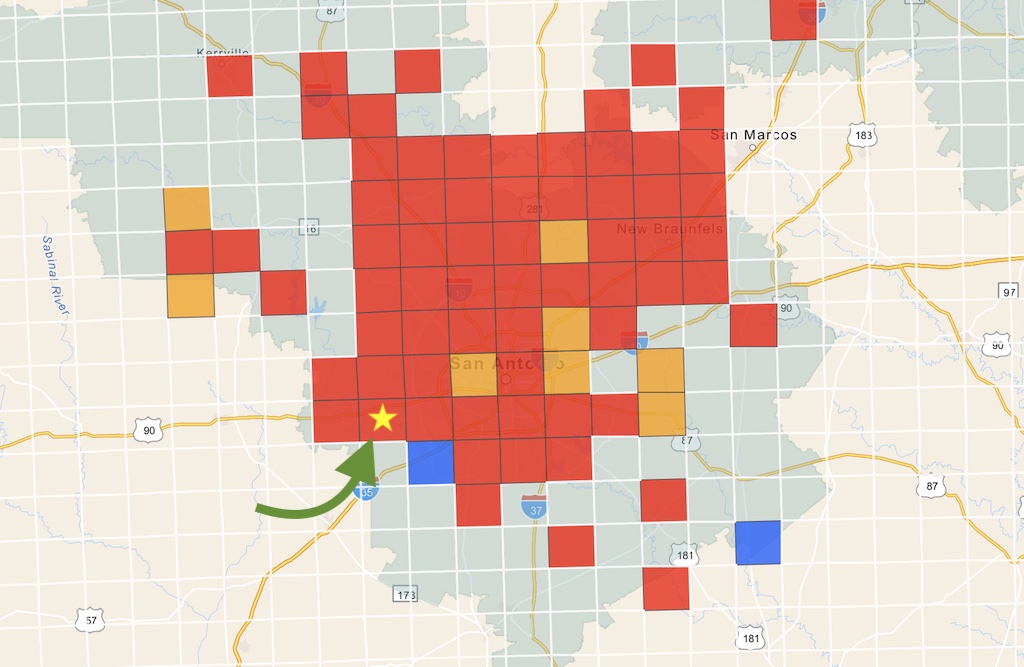
Plan the survey sites
Using habitat descriptions from the online Audubon Bird Guide, try to select survey locations that are publicly accessible and look like an appropriate place to find your target species. In my case, the target species chosen for the San Antonio-area survey is the Lesser Goldfinch.
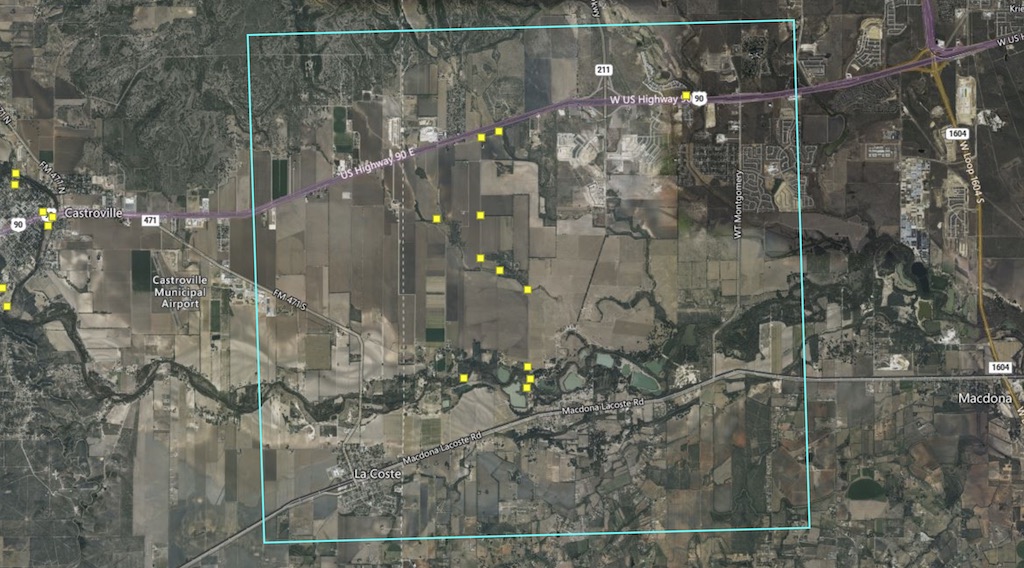
I discovered that my square was surveyed last year and rather than reinvent the wheel, I chose to use the same survey sites. They looked like good choices, so all I needed to do was update their info with my own for the current survey.
Prepare to go birding
This next part comes down to personal preference. You can print a map of your survey locations or save them digitally. I created a “Guide” in Apple Maps for the Climate Watch and added all 12 locations to it with the site ID of each spot.
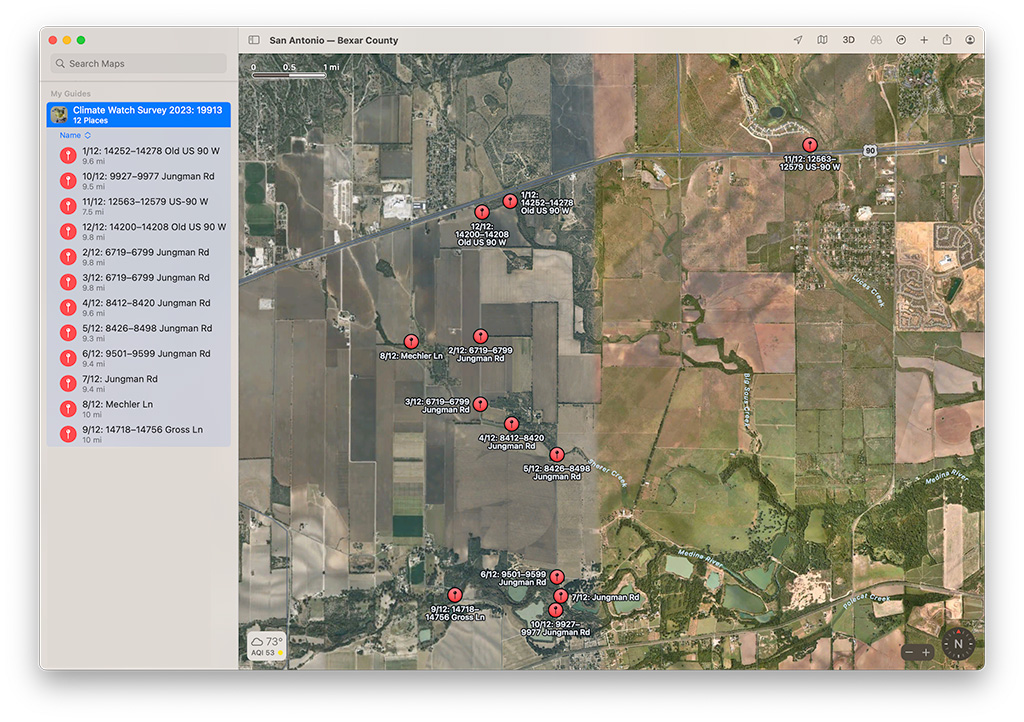
Go birding!
You’ll visit each planned location and spend just five minutes birding from a stationary spot. Any birds you see or hear should be noted in your eBird Mobile checklist and submitted with notes indicating which site you were at.
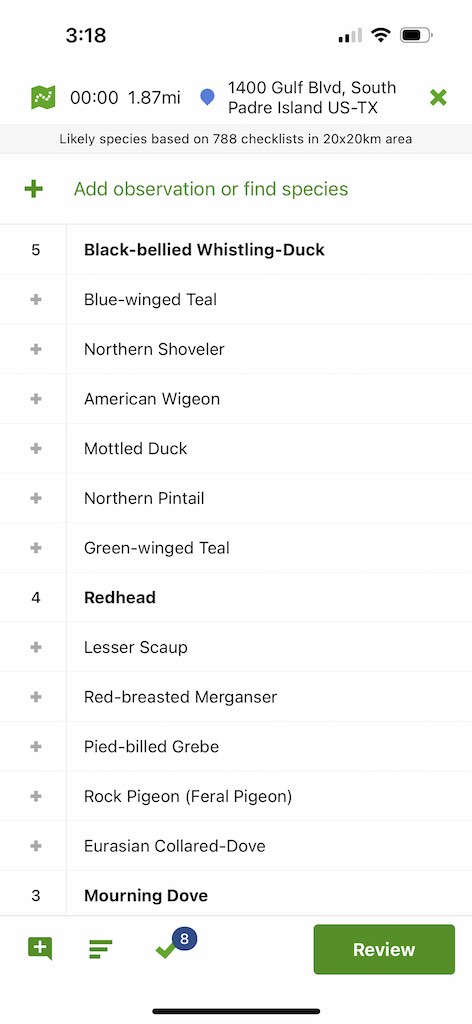
Submit your checklists to the Audubon
Once you’ve visited and submitted your observations for your 12 locations, it’s time to submit your list of checklists to the Climate Watch portal.
Fill out the form with the required details, which include the checklist ID of each location, and you’re finished!
My experience
I performed my survey on Memorial Day morning, Monday, May 29, 2023. Due to the nature of the survey, most of the media shared in this post will be audio recordings. Example photos are included courtesy of the Macaulay Library.
The first survey location
I arrived at 7 AM at my first survey location, started an eBird checklist, fired up Merlin to help me listen, and began a five-minute timer on my watch.
The first location brought a few surprises. As soon as my count began a Black Vulture flew down from a tree and landed on the side of the road. I then looked in the other direction at the small bridge and was shocked to see an Armadillo walking across the road!
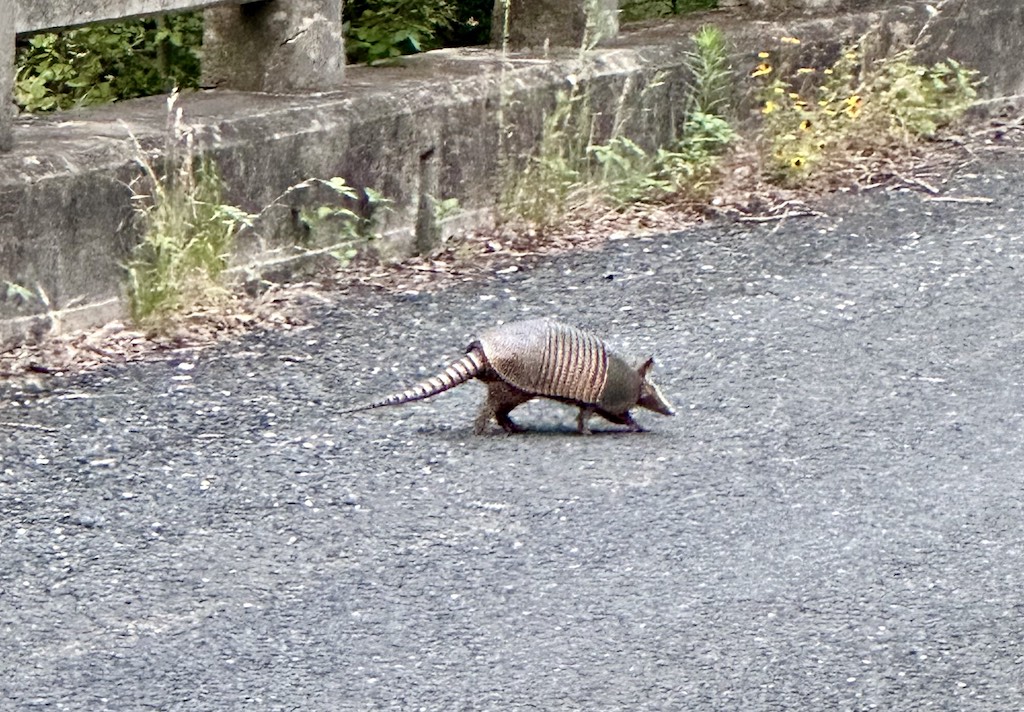
I was so thrilled to see the armadillo because I’ve only ever seen them as roadkill in the past.
Shortly after, five beautiful Cave Swallows flew around in front of me calling as they soared by over the road. Here’s the recording that resulted and an example photo from Macaulay Library:
Seven species were present at the first location; not bad for standing still for five minutes! No Lesser Goldfinch yet though.
My second stop and the first Lesser Goldfinch
The second survey location (spot 12/12 of the planned locations), brought nine species and my first Lesser Goldfinch of the day. I heard it only since it was up in the trees. The other notable species from this stop were six Common Grackles. I don’t see these much closer to the suburbs but since I was surveying rural areas, they are more common.
Stop number three brought another Lesser Goldfinch and four cute Scissor-tailed Flycatchers along with Northern Cardinals and Mourning Doves.
Calls of the Brown-crested Flycatcher
My fifth stop brought a bird I’m not very familiar with, the Brown-crested Flycatcher. Listen below to the calls it makes:
A singing Blue Grosbeak
At the sixth stop, I heard the song of the Blue Grosbeak and captured this recording during the survey:
Dickcissels
Starting with stop seven, I began to see and hear the Dickcissel. I captured a recording worth keeping at stop eight. This is the song I heard:
Making a new friend and adjusting survey locations
This year was my first time doing the Climate Watch survey and I utilized last year’s existing survey locations. But due to infrastructure challenges, one of the roads was closed making location seven inaccessible. I selected a new location on-the-fly and adjusted the location on the Audubon website upon my return home.
While I was at location six, one of the property owners popped out to the road to see what I was up to and I told them I was conducting a survey for the Audubon. He warmed up and told me he’d had others come by in years past. This man, “River Rick,” who owned the property next to the road I was on invited me into his property to check out the river and was very friendly. We talked for a few minutes about all the different kinds of wildlife he’s seen in the area.
Final tallies
Species observed: 42
Length of survey time: ~ 3 hours
Target birds spotted: 3
Lifers: 1 (Brown-crested Flycatcher)
It was a fantastic experience visiting these 12 locations and I even made a new friend from it. I created a Trip Report on eBird that summarizes everything I saw and heard. Check it out below.
